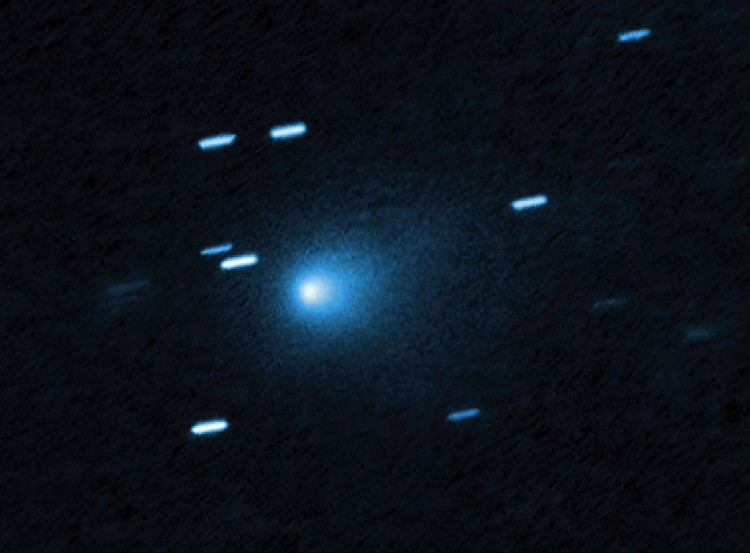An Italian observatory broadcast some of the clearest public images yet of interstellar object 3I/ATLAS, confirming the rare visitor's cometary identity and putting an end to weeks of speculation online. The 40-minute livestream, aired on Nov. 19 by Italy's Virtual Telescope Project, displayed a glowing nucleus, a surrounding coma and a faint dust tail-features that astronomers say leave no ambiguity about the object's nature.
The session, led by Italian astrophysicist Gianluca Masi from telescopes in Manciano, provided high-resolution visuals at a moment when interest in the object has surged across social platforms. "It is clearly a comet," Masi said during the broadcast, pushing back against online claims that had attempted to frame the object as artificial or technological in origin. He added that "the cometary nature was pretty clear after it was discovered," emphasizing that the scientific community had not expressed doubt.
3I/ATLAS is only the third confirmed interstellar object ever observed entering the solar system, following 1I/ʻOumuamua in 2017 and 2I/Borisov in 2019. The object was detected on July 1, 2025, by the Asteroid Terrestrial-impact Last Alert System (ATLAS). Astronomers determined early on that its hyperbolic trajectory indicated it was not bound to the Sun and would never return.
The livestream highlighted classical comet structures, including a bright core and dust emissions that differentiate it from artificial objects-an important distinction after controversies surrounding ʻOumuamua triggered years of public debate. This time, no major scientific institution has suggested anything anomalous about 3I/ATLAS, and the Italian broadcast reinforced the consensus view.
The object became observable again only recently after emerging from behind the Sun's glare. With new data available, astronomers are studying its light spectrum to evaluate its chemical composition and compare it with comets formed in the early solar system. Researchers hope 3I/ATLAS will help determine whether interstellar comets share common origins across the galaxy or present unexpected differences.
Space.com reported that the object is already moving away from the Sun and is expected to fade from view in the coming weeks as it departs the solar system. That time pressure fueled strong public interest: thousands tuned in to watch the event live, turning a routine scientific observation into a moment of global engagement.




